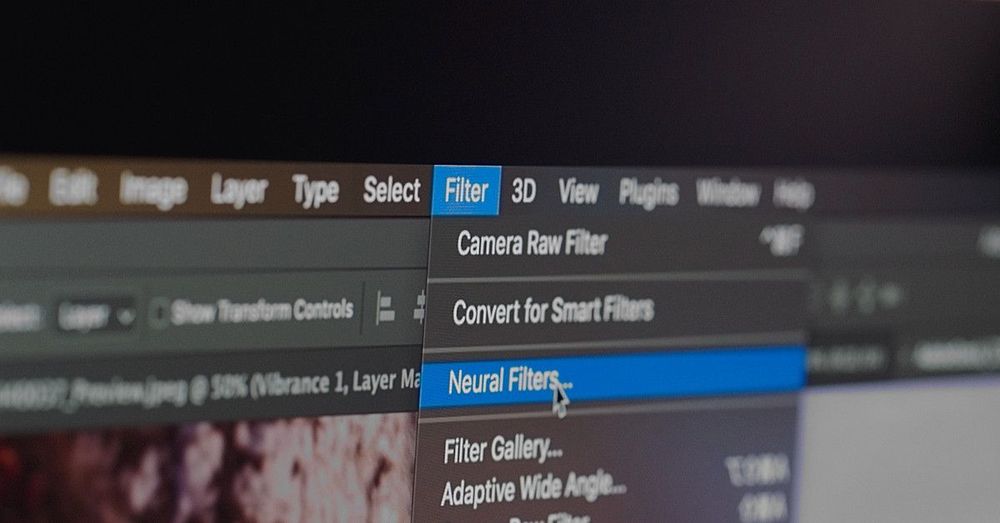The governments or countries that get the best datasets will unquestionably develop the best artificial intelligence, the Joint Artificial Intelligence Center’s chief technology officer said Oct. 15.



Head Image Caption: Street level view of 3D-reconstructed Chelsea, Manhattan
Historians and nostalgic residents alike take an interest in how cities were constructed and how they developed — and now there’s a tool for that. Google AI recently launched the open-source browser-based toolset “rǝ,” which was created to enable the exploration of city transitions from 1800 to 2000 virtually in a three-dimensional view.
Google AI says the name rǝ is pronounced as “re-turn” and derives its meaning from “reconstruction, research, recreation and remembering.” This scalable system runs on Google Cloud and Kubernetes and reconstructs cities from historical maps and photos.

Adobe injects more AI into its tools.
The latest version of Adobe Photoshop comes with new neural filters — AI-powered filters that let you change someone’s age or expression with a few clicks. A whole suite of machine learning neural filters will eventually be available, including ones for colorizing photos, removing defects, and more.

Leading tech companies are increasingly using AI to influence our behaviour. But how persuasive do we find virtual assistants?


Facebook on Monday unveiled software based on machine learning which the company said was the first to be able to translate from any of 100 languages without relying on English.
The open-source artificial intelligence software was created to help the massive social network deliver content better in 160 languages to its more than two billion users around the world.
“This milestone is a culmination of years of Facebook AI’s foundational work in machine translation,” research assistant Angela Fan said in a blog post.


